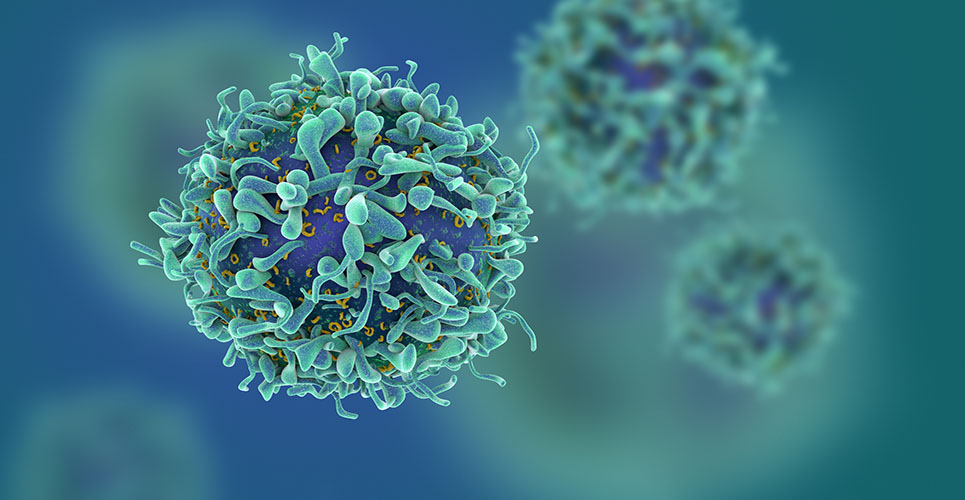teaser
The reason that household bleach is so successful at killing germs is shedding new light on how our immune system fights off bacterial infections
Bleach acts by clumping together bacterial proteins in the same way that boiling an egg solidifies them, according to research at the University of Michigan.
It has found that the active ingredient in bleach – hypochlorous acid – is also released in significant amounts by cells in the immune system.
Many of the proteins that hypochlorite attacks in this way are essential for bacterial growth, says the research, which is published in the journal Cell.
It could now lead to better ways of dealing with inflammation, an unwanted side-effect of the immune response that is destructive to healthy tissue. Inflammation damage is believed to be the direct result of uncontrolled hypochlorite production.
Bleach was developed more than 200 years ago and is found in households around the world. Yet until now, scientists have not been able to explain exactly how the product destroys bacteria.
Copyright Press Association 2008

